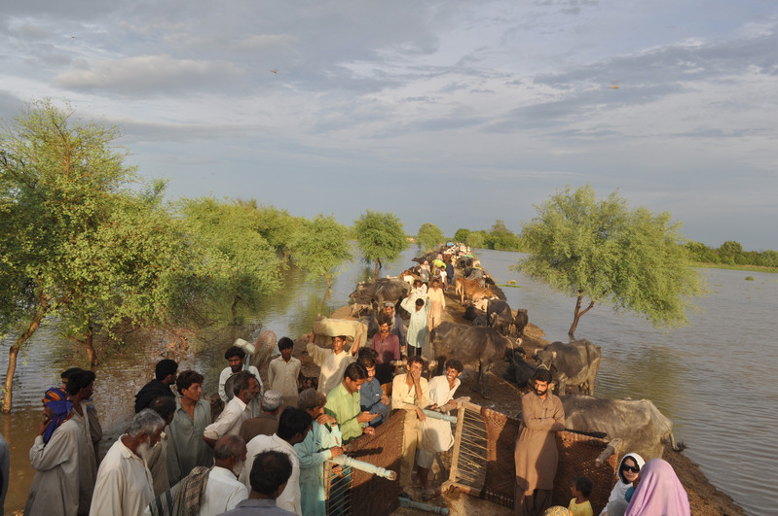
Linking surveys and satellite data: Forecasting migration patterns in rural Pakistan induced by climate change
Summary
This research project attempted to forecast climate induced migration patterns in rural Pakistan by analysing satellite imagery and data of a 21-year longitudinal survey (1991-2012). The two data sources were combined to complement observed migration patterns with insights of individual motives and reasons of migration. Based on the key indicators defined, the team developed migration forecasts in case of further climate changes inducing migration movements in the case of rural Pakistan.
Results
The study provided numerous results, contributing to better understand the relationship between weather and long-term migration movements. For instance, flooding – a climate shock with large humanitarian relief efforts – was found to have modest to insignificant impacts on migration, but heat stress, however, consistently increases figures of long-term migration due to negative effects on agricultural incomes. Overall, this project demonstrated how innovative and traditional data sources – in this case: satellite and survey data – are useful to gain information about migration patterns and individual migrant motivations. In theory, this approach can be replicated to other regions endangered by climate change; however, successfully forecasting migration patterns in the future would require similarly extensive longitudinal data like in this project.
(Image: © Simple Climate, Heat drives Pakistani migration)








